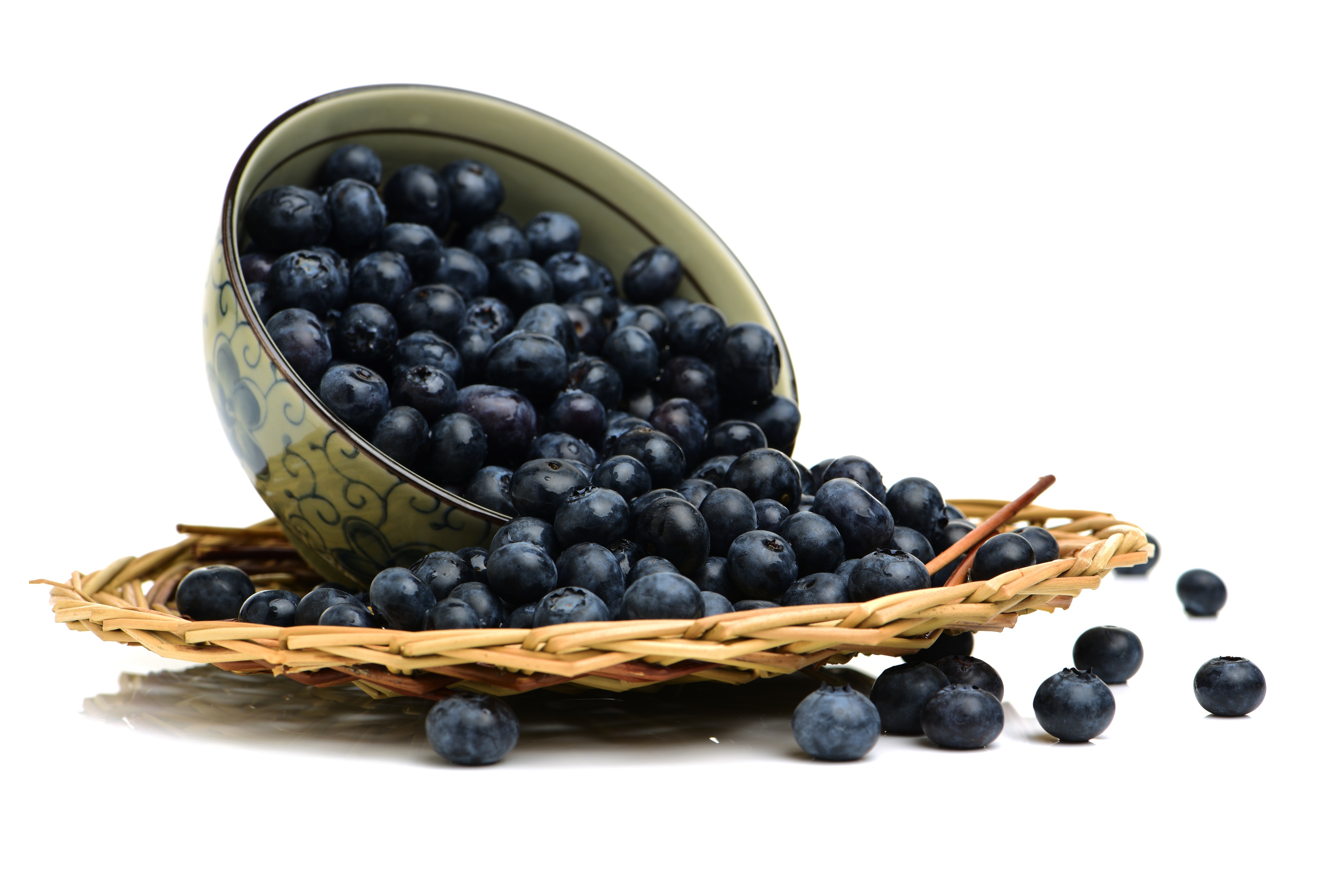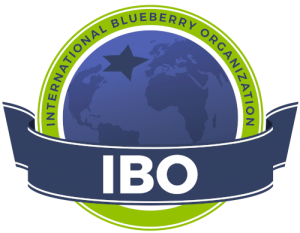As one of the state’s top export markets for agriculture, South Korea is already home to a number of Oregon products. But there is great potential to expand the volume of those products and make way for new ones given the current tastes and trends of the Korean consumer.
A recently completed trade mission to South Korea organized by the Western United States Agricultural Trade Association reinforced the importance of penetrating a market that includes more than 50 million people who crave many of the products Oregon can provide.
“The products that we already export to Korea are in high demand and we can continue to increase that market share, but there are great opportunities for additional products, based on what we saw and heard,” said Erick Garman, trade manager with the Oregon Department of Agriculture and member of the WUSATA delegation.
Garman and others toured several retail outlets in Seoul as part of the trade mission and also received some detailed presentations from U.S. agricultural officials based in South Korea. That included information on what’s hot in the consumer market. Sang Yong Oh, senior marketing specialist at the US Agricultural Trade Office in Seoul, briefed the WUSATA delegates on key trends:
• While South Korean consumers are tightening their overall spending because of an economic downturn, they still spend 27.5 percent of their household expenditures on food.
• An aging population is one chief reason Korean consumers are fixated on improving their diet and overall health. Healthy foods are in demand including fruits and tree nuts.
• More women are joining the workforce, resulting in more demand for quick meal solutions. It also means more men in the kitchen — something that would have seemed inconceivable a generation ago.
• Because of the preoccupation with well-being and healthy, healing food products, Korean consumers are looking for small treats and indulgence for self-rewards. Certain foods that may seem to run counter to “healthy” are nonetheless accepted and often desired by consumers who look forward to something sweet and snacky once in awhile.
• While there is more demand for price and value, Korea’s high income groups are expanding. More consumers have become exposed to international cultures and cuisines. They are less loyal to local agriculture and have a demand for new tastes.
The Korean-U.S. Free Trade Agreement signed in 2012 has increased U.S. exports to Korea by nearly 5 percent and greatly reduced tariffs, leading to more competitive prices for American exports. Oregon now exports nearly $100 million in agricultural products to Korea.
“The free trade agreement has absolutely been good for Oregon agriculture,” said Oh. “The volume of business has really grown the past two or three years. Both sides have to work together to fulfill the opportunity, but I think Oregon is in the right position to meet the changing taste and demand among Korean customers.”
 The demand for fruit and nuts is especially attractive to Oregon, which has already established a strong export market for fresh blueberries, being the only U.S. state, so far, to gain access into the Korean market for blueberries. Fresh, frozen, dried, and other processed Oregon blueberries can be found in large Korean stores like Costco, Emart, and Shinsegae. For the past three years, Oregon has exported between 1 million and 1.3 million pounds of fresh blueberries to South Korea, even though 2016 showed a 31 percent decrease. Strong domestic blueberry production in Korea was among the reasons for that drop. But as tariffs continue to drop from 35 percent prior to KORUS-FTA to elimination in 2022, Oregon blueberries will become even more competitive in the future. The blueberry success story can hopefully open the door for other Oregon berries.
The demand for fruit and nuts is especially attractive to Oregon, which has already established a strong export market for fresh blueberries, being the only U.S. state, so far, to gain access into the Korean market for blueberries. Fresh, frozen, dried, and other processed Oregon blueberries can be found in large Korean stores like Costco, Emart, and Shinsegae. For the past three years, Oregon has exported between 1 million and 1.3 million pounds of fresh blueberries to South Korea, even though 2016 showed a 31 percent decrease. Strong domestic blueberry production in Korea was among the reasons for that drop. But as tariffs continue to drop from 35 percent prior to KORUS-FTA to elimination in 2022, Oregon blueberries will become even more competitive in the future. The blueberry success story can hopefully open the door for other Oregon berries.
“The Korean people love berries, but other varieties are not open to our market yet,” said David Oh (no relation to Sang Yong Oh) of Jinwon Trading Company, the Korean importer of Oregon blueberries. “If you have these other varieties, please push our government to open our market to them. We want to expand and offer more different types of berries.”
Koreans love tree nuts as well, which could provide an opportunity for Oregon hazelnut growers if the production is high enough to meet the demand. Koreans are not familiar with hazelnuts, so the same kind of promotion and education effort done for blueberries would be necessary to launch the product.
Perhaps the most promising sector in Korea for Oregon agriculture is beverages, particularly wine and beer. Pre-KORUS-FTA, there were few Oregon wines offered by Korean retailers. Now, several Oregon wines can be located without much effort. The price is still steep and the Korean consumer is more apt to look for more affordable wines. A 2012 pinot noir from Lange Estate Winery in Dundee goes for more than $100 a bottle at Shinsegae. But as the tariff’s continue to tumble, Oregon wines are more often on the consumer’s radar.
“People who know and love wine know all about Oregon pinot, which is still more expensive than many other wines in the Korean market but is priced more competitively than it was five years ago.”said Shawn Kim, who works for the State of Oregon’s Korea Representative Office in Seoul.
Oregon is on everyone’s map when it comes to craft beers. South Korea is no exception. Rogue was one of the first American craft brewers to enter the Korean market and has a very solid foundation for its export business to Korea. The key for a craft brewer seems to be supplying enough volume to satisfy the demand. There is plenty of competition from beers exported by other countries, but Oregon can be a big player in a market where it’s trendy to ask for an imported craft brew.
“We have a lot of work to do, but there remains a great deal of potential and opportunity,” said Garman.

